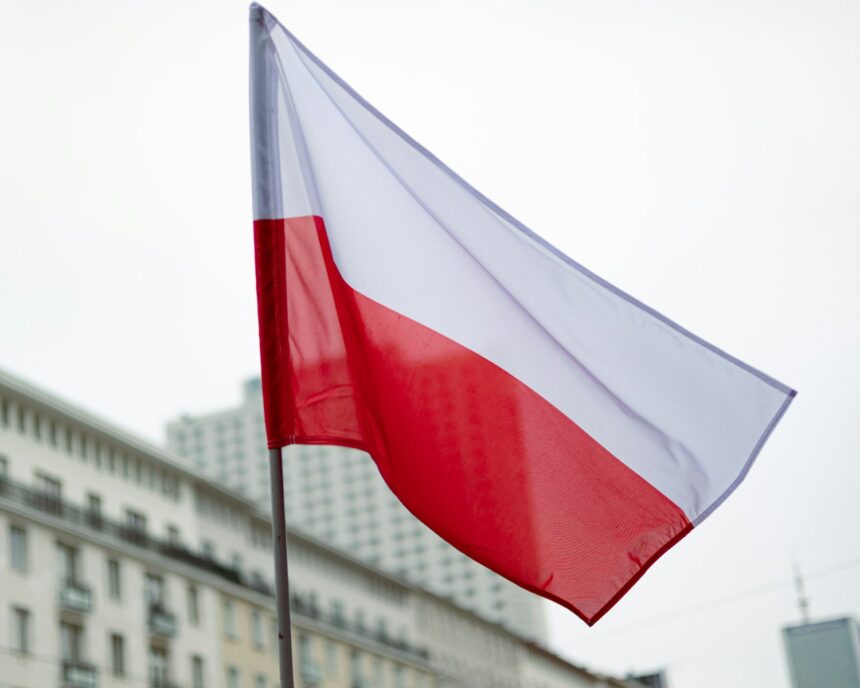Prime Minister Mark Carney’s recent visit to Warsaw highlighted a stark reality: Canada lags far behind Poland when it comes to military spending and rearmament. Poland, which shares borders with Russia’s Kaliningrad enclave and Belarus, surpassed NATO’s traditional two per cent GDP benchmark in 2022 and is on track to spend an astonishing 4.7 per cent this year. Canada, by comparison, is still working to reach two per cent by next spring—while also supporting NATO’s new goal of gradually pushing total defence-related spending toward five per cent over the next decade.
Poland’s rapid buildup is anchored by PGZ, its largely state-owned defence conglomerate, which has enabled centralized planning and a surge of production. Warsaw has leaned heavily on U.S. and South Korean arms makers, securing deals for tanks, artillery, ships, and aircraft at a pace most of Europe has struggled to match. Canada, with a more fragmented and private defence sector, faces a tougher challenge scaling up quickly.
The price tag is daunting. Matching NATO’s updated ambitions could eventually cost Ottawa as much as $150 billion annually when combining military operations with infrastructure investment. Carney has ordered most government departments to find 15 per cent in savings, exempting defence, and insists the buildup is also an economic play—meant to create jobs and strengthen industry at home. But growing to two per cent and beyond will require tough choices on procurement, domestic priorities, and which programs elsewhere in the budget will face delays.
Procurement has long been Canada’s weak spot. Warsaw has streamlined deals with Washington, even securing $4 billion in U.S. military financing for helicopters, rocket artillery, and Patriot air defences. Ottawa, meanwhile, is still reviewing high-profile projects: 88 F-35 fighters, P-8 surveillance aircraft, and HIMARS rocket systems. Former procurement chief Alan Williams argues the guiding principle must be simple: buy the best tools for the job, then weigh broader political or industrial benefits afterward.
But catching Poland isn’t just about spending percentages. Delivery matters. Poland is already struggling to train and house enough troops for its new hardware—a reminder that munitions stockpiles, maintenance, and barracks must grow alongside shiny platforms. Canada will need multi-year budgets, a streamlined buying agency, predictable orders to spur industry investment, and, crucially, public consensus that the cost is worth it.
In the end, success will be measured not in pledges but in real capabilities: ready brigades, Arctic surveillance, missile defence, and stockpiles that match modern conflict. The next federal budget will be a defining test of whether Canada can follow through—or whether talk of catching Poland remains just talk.


